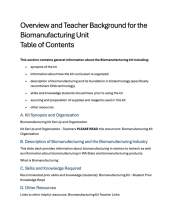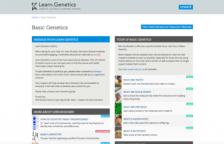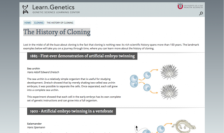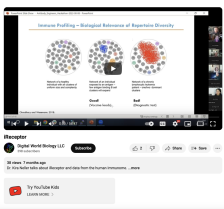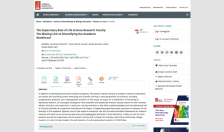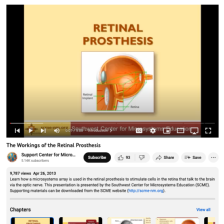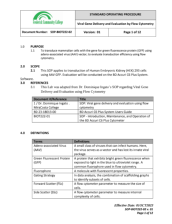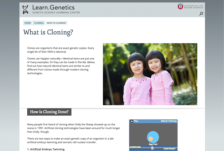Browse Resources
Science -- Biological and life sciences
Resources |
|---|
Curriculum Description:
The Biomanufacturing kit scenario, from Shoreline Community College, provides a foundation in biomanufacturing regulations (FDA, GMP, quality systems), careers, and upstream process and downstream process. During this real product scenario, students work in teams for a...
This website presents an animated "tour" of the basics of DNA and genes. Students will get the chance to learn more about DNA, genes, chromosomes, proteins, traits and heredity.
This free resource from the University of Utah's Genetic Science Learning Center provides a short history of cloning for the layperson. This introduction to the history of cloning includes a timeline spanning from 1885 and the first-ever demonstration of artificial embryo twinning, to 2013--when...
This video, from Digital World Biology, provides information about iReceptor Gateway, a platform designed for analyzing immune receptor repertoire data. During the video, Dr. Kira Neller discusses accessing and sharing data within the iReceptor Air Data Commons, emphasizing the importance of data...
This site features interactive tools related to The Nature of Things television show. The tools include different videos and descriptions of a wide variety of subjects. Some examples include biomimicry, human illness, indoor pollution, and other issues affecting humans.
This essay, published by the American Society for Microbiology, discusses the supervisory role of life science research faculty. "In this essay, [the authors] argue for a redefinition of mentoring in laboratory research, to thoroughly distinguish three essential roles played by research faculty...
The NCSR Pictorial Series of presentations are designed to provide faculty, teachers and other natural resource professionals an informal PowerPoint presentation on selected environmental settings. The presentations consist of pictures of the natural environment and feature plants, animals and...
This video, created by Support Center for Microsystems Education (SCME), describes a biomedical application of MEMS technology. This 5:08 minute long video describes "how a microsystems array is used in the retinal prosthesis to stimulate cells in the retina that talk to the brain via the optic...
This 12-page resource, from Frederick Community College, is a standard operating procedure (SOP) for viral gene delivery and evaluation by flow cytometry. The SOP outlines the purpose, scope, definitions, references, safety measures, responsibilities, materials, and equipment involved in the...
This free resource from the University of Utah's Genetic Science Learning Center provides an overview of cloning for the layperson. The Genetic Science Learning Center "is a nationally and internationally-recognized education program that translates science and health for non-experts." Their...
|
| ← PreviousNext → |
